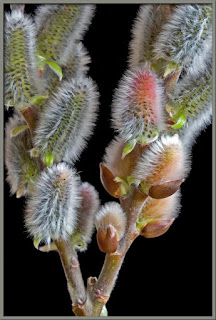


Like the other children in the neighborhood, I clamored to see the duckling. I remember peering over the side of a tall, cardboard box set up in our neighbor’s kitchen. The duckling looked tired – too many children had been allowed to handle him. There was nothing but a small water bowl and some mashed peas in the box with him. I remember that he looked much larger than the photo above and a bit gangly, so he was probably a couple of weeks old. That duckling looked up at me with the saddest eyes; I felt his misery.
The next day we wanted to go back and see him again– but the duckling had died. The adults did not seem particularly upset. But all of us kids were, very much so.
That beautiful duckling should never have been taken from his mother, never mind confined to a cardboard box without proper food and child supervision.
Ducks, rabbits and chickens are living, sentient beings. As babies they truly need their mother’s care. Rabbits are wonderful pets but only for those who can provide what these intelligent, curious and affectionate creatures require: special diets with plenty of greens and hay, toys and lots of time to romp and play.
Every Easter many baby animals are given as "gifts" and quickly disposed of weeks later. If you love children – and animals – purchase only chocolate and stuffed animals and books that make learning about these animals fun and interesting. Your children will learn to value and understand these special animals, and you will be helping to end this age-old tradition of tragedy. Read about The Fate of Easter's Baby Animals under the March 24, 2010 posting at Farm Sanctuary to learn more. You can also read about Sabrina, a rabbit with a dog-like personality, and Melanie and Miranda, a loving and bonded pair of bunnies (these rabbits and many other wonderful animals are available for adoption!), at the Medfield Shelter.








